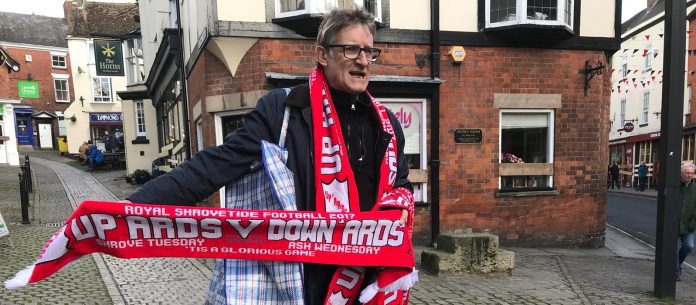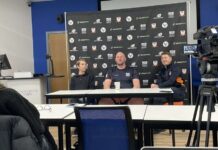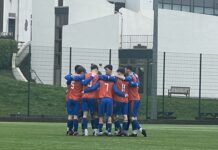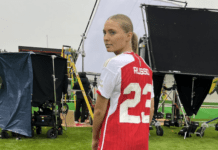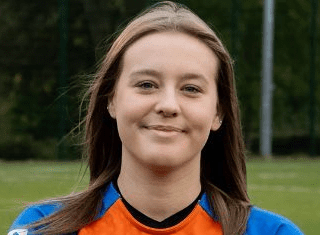It’s that time of year when the streets of Ashbourne come alive for the annual Royal Shrovetide Football match.
Two teams, Down’ards and Up’ards, compete against each other in order to goal the ball – but, unlike the usual football match, the game can last for up to two eight-hour periods and the goals are three miles apart.
For locals, it is not just about enjoying the game – there is a reason why Shrovetide is described as the “Ashbourne Christmas”. It connects people, brings family and friends together and attracts new people to visit the area and see what it is all about.
But the game doesn’t just come with adrenaline and joy – there is a whole new language to learn as well.
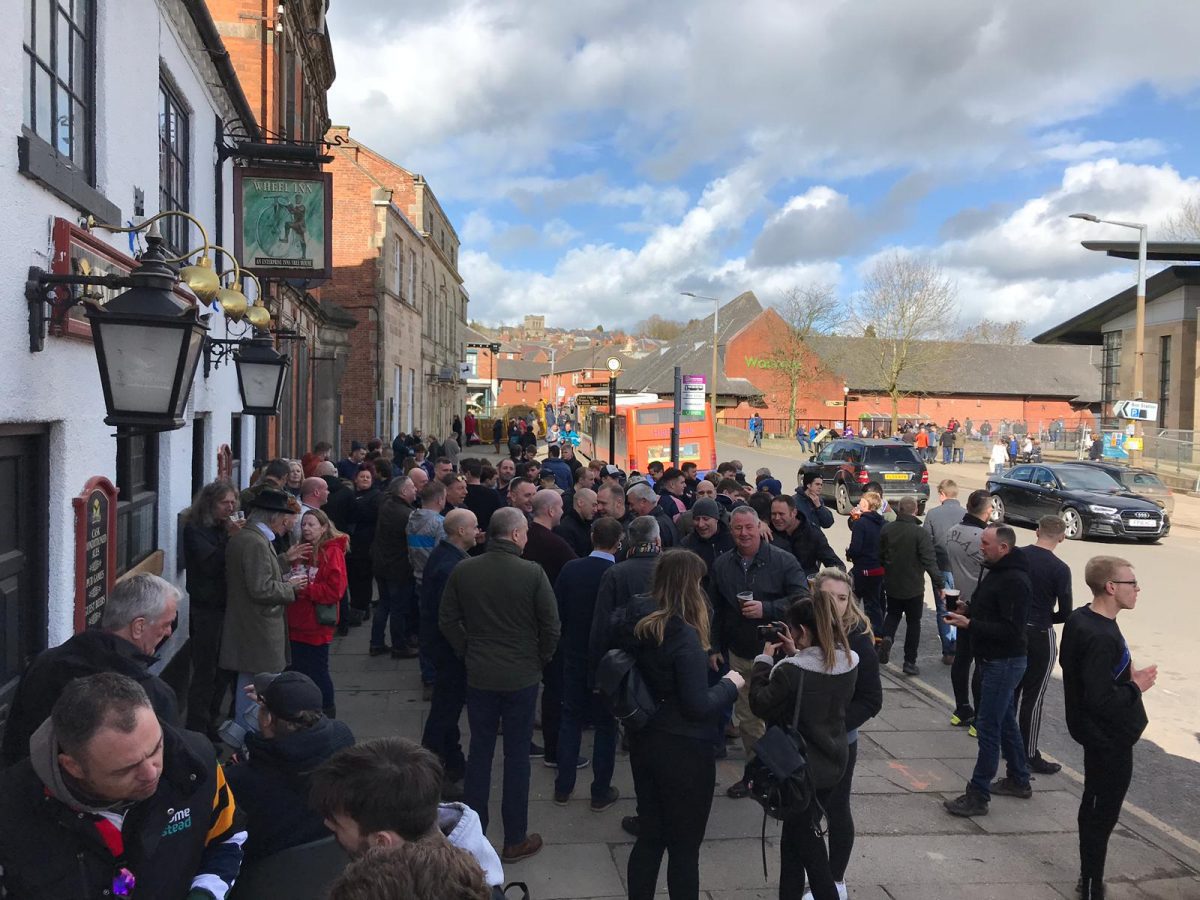
Terms like ‘turn-up’, ‘goaled’ or ‘hug’ may mean a lot of the people who know the game but, for someone who’s never heard of Shrovetide before, the terminology might be really confusing.
So, here are the ‘must-know’ terms to understand the game:
Turn up the ball – This is the beginning of the game, when the ball is dropped into the crows of waiting footballers from a stone plinth at the town’s Shaw Croft car park at the start of the match each day. Every year, two respected locals are chosen to turn-up the ball.
Turner-up – The person that turns up the ball. This year, Shrove Tuesday’s turner-up is Paul Harrison, the owner of a large family-run commercial vehicle business and respected farmer and landowner. The second turner-up for as Wednesday is a businessman and retained firefighter Paul Holmes, who has lead the town’s service for 28 years.
Goaled – The ball is always goaled NOT scored. If the ball is goaled, it is handed back to the scorer after the goal is declared good at the Green Man Royal hotel, and becomes theirs to keep. It the ball is not goaled, it is handed back to the turner-up.
Hug – This is the formation that naturally forms as the Up’ards and Down’ards battle for the ball.
Break – This is the moment when the ball is released from the hug and play moves quickly.
Runners – These are players waiting outside the hug to catch the ball and move it in the direction of their team to goal. Runners train all year and will only take part if they consider they are at their peak fitness, even though they may not actually touch the ball through the entire game.
Down’ards – One of the teams involved in the game. There is no limit to the players who can take part. This time is made of those who are born on the south side of Henmore Brook and the try to goal the ball at the old Clifton Mill.
Up’ards – This is the second team involved in the game. Same as the first team, they don’t have any limits on how many players can take part in. They are born on the north side of the water and try to goal the ball at the old Sturston Mill.
Duck – This is used by the locals as a greeting term.

